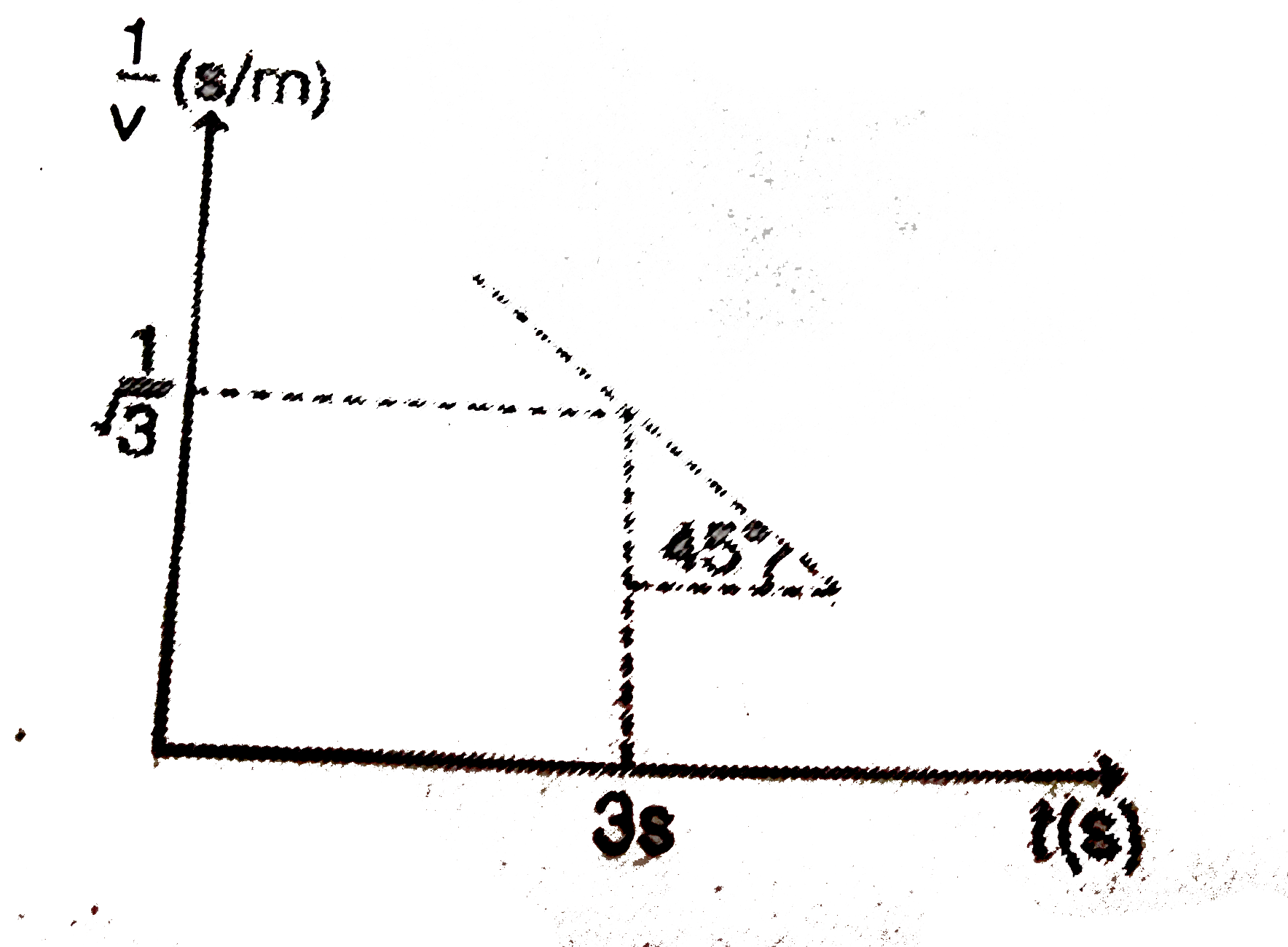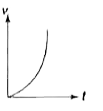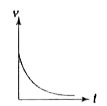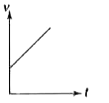The diagram shows the variatioin of 1/v (where v is velocity of the particle) with respect to time. At time t=3s using the details given in the graph, find the instantaneous acceleration (in m/s2)

The correct Answer is:3
Step by step video, text & image solution for The diagram shows the variatioin of 1//v (where v is velocity of the particle) with respect to time. At time t=3s using the details given in the graph, find the instantaneous acceleration (in m//s^(2)) by Physics experts to help you in doubts & scoring excellent marks in Class 11 exams.
Updated on:21/07/2023Topper's Solved these Questions
Similar Questions
Knowledge Check
The diagram shows variation of 1v with respect to time (where v is in m/s).

What is the instantaneous acceleration of body at t=3 sec. (inms2).A2B13C1Dnone of theseIn which of the following velocity (v) - time (t) graphs, the instantaneous acceleration decreases with time?
A B
B C
C D
D
In which of the following velocity (v) - time (1) graphs, the instantaneous acceleration decreases with time?
A B
B C
C D
D
The velocity in m/s of a particle is proportional to the cube of the time. If the velocity after 2 s is 4m/s, then v is equal to
View SolutionFollowing are three equations of motion
S(g)=ut+12at2v(s)=√u2+2asv(t)=u+at
Where ,S,u,t,a,v are respectively the displacement ( dependent variable ), initial ( constant ), time taken ( independent variable ), acceleration ( constant ) and final velocity ( dependent variable ) of the particel after time t.
Find the displacement of the particle when its velocity becomes 10m/s if acceleration is 5m/s2 all through -
View SolutionIf velocity of a particle is given by v=2t2−2 then find the acceleration of particle at t = 2 s.
View SolutionThe velocity of particle at time t is given by the relation v=6t−t26. The distance traveled in 3 s is, if s=0 at t=0
View SolutionIf velcotiy of a particle is given by v=2t−1 then find the acceleration of particle at t = 2s.
View Solution
